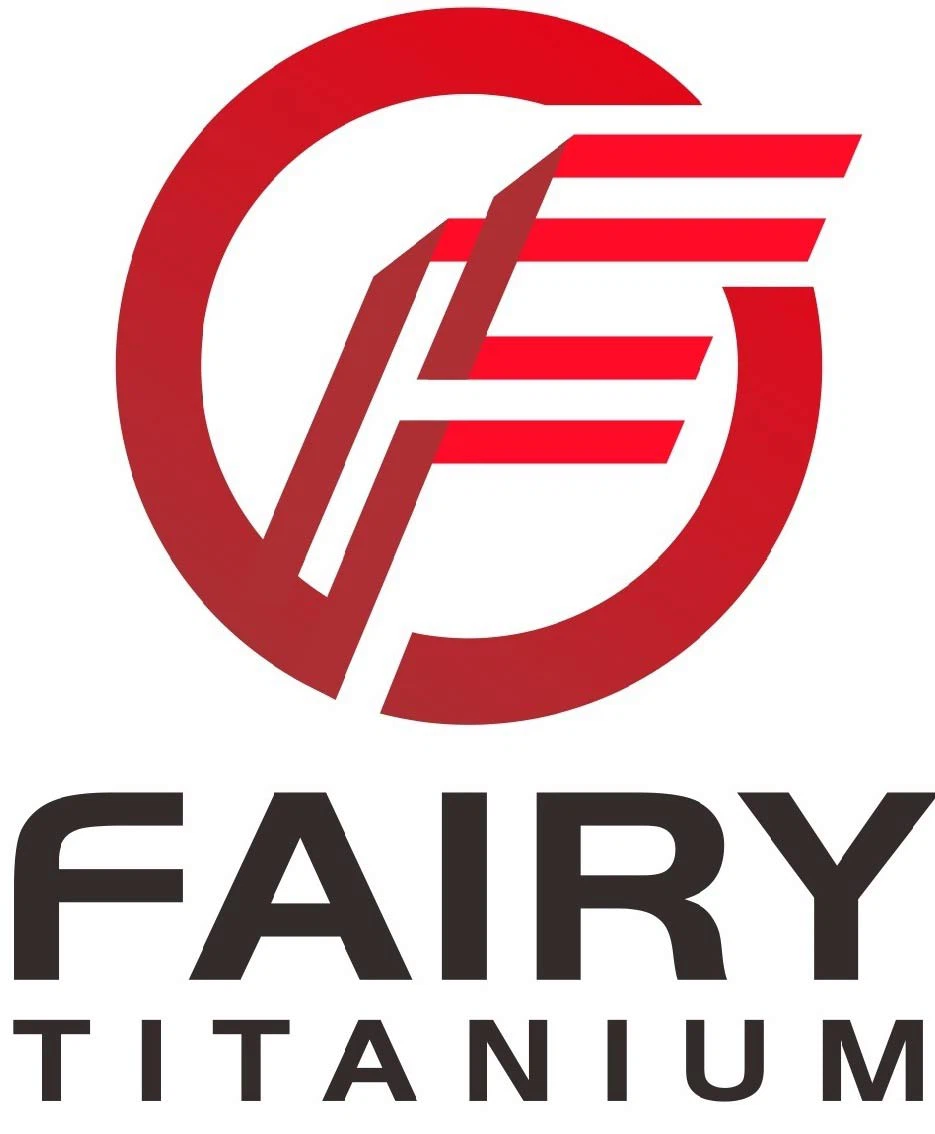Titanium anode, commonly known as DSA (dimensionally stable anode), is a size stable anode. In the process of use, it does not undergo dissolution reaction, so as to maintain dimensional stability. Therefore, it is an insoluble anode.
Titanium anode is not a simple metal electrode, but a coating electrode: it is a composite electrode material with metal titanium as the base metal and electrocatalytic coating on the surface. Although many materials can be made into coatings, the most widely used is platinum group element coatings, commonly known as Platinum Coated Titanium Anode, It mainly includes the following 3 kinds: platinum (metal), ruthenium oxide, and iridium oxide (all-ceramic metal oxides). Therefore, the anode can be defined as an electrode material with electrical conductivity and high chemical catalytic activity, using titanium as the substrate and platinum group metals and their oxides as the surface coating.

Development history of titanium anode
Speaking of its history, whose birth is inseparable from Dutch H.B. beer. As early as 1957, beer took the lead in inventing the technology of electroplating platinum on titanium, applied for a patent, and founded magnetochemie (the predecessor of machneto special anode company). In 1967, beer invented the method of forming a metal oxide film on titanium metal. One of the specific implementation cases of using ruthenium oxide as the anode of saltwater electrolysis promoted the great reform of Chlor alkali industry. Up to now, this coating is still widely used in various electrochemical chlorine evolution reactions. With the in-depth study of a variety of platinum group metals and their oxides, iridium tantalum mixed metal oxide coatings were successfully developed in the 1970s, and gradually began to be applied in electrochemical oxygen evolution reactions. Today, relying on its superior performance, the anode is widely used in many electrochemical fields, including chemical industry (Chlor alkali industry), electrolytic organic synthesis, electroplating, cathodic protection, industrial and civil electrolytic chlorine disinfection, and other application fields.
Since the 1990s, titanium anode has been tried and applied in the PCB copper plating process, and further developed and improved in the first decade of this century. In the last 10 years, with the improvement of PCB process capacity requirements, the anode gradually began to replace soluble anode - phosphorus copper ball with its unique advantages. According to different electroplating requirements, the anode can be applied not only to DC electroplating but also to reverse pulse electroplating. In the future, with the further improvement of copper plating process requirements, the anode will also be continuously developed to adapt to new electroplating conditions.







